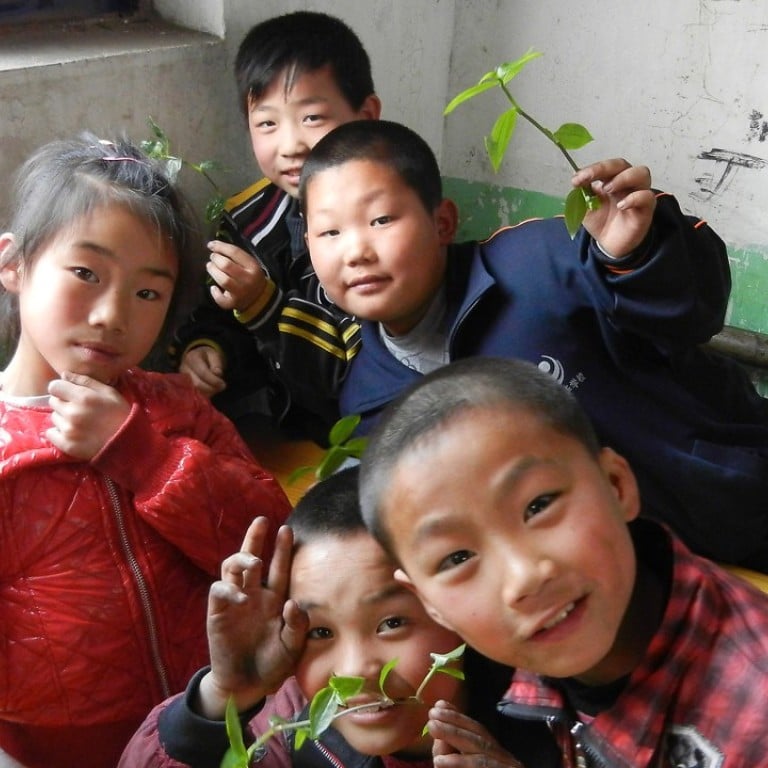
For China’s migrant children struggling to get into schools, policies may have changed but attitudes haven’t
- Manos Antoninis says policy changes to ease entry barriers are necessary but not sufficient, with new research finding examples of schools and teachers themselves becoming the new gatekeepers, keeping alive the discrimination
Policies have shifted over time to reflect the changes on the ground, allowing all migrant children access to schools, but mindsets take longer to shift. What we learn from China is that discrimination in education cannot be eradicated overnight.
China’s registration system, the hukou, was put in the place in the 1950s, classifying residents as rural or urban and linking access to services, including education, by their registered place of birth. In the early 2000s, more than half of migrant children in Beijing were attending unauthorised migrant schools that were considered of lower quality and lacking in qualified teachers and infrastructure. They were the lucky ones. Migrant children at that time were far less likely than their peers to go to school at all.
Titled “Building Bridges, Not Walls”, the 2019 report shows that the legacy of past restrictions on education access for migrants can still be found today among public schools, which are taking it upon themselves to be gatekeepers. In Beijing, although migrant children should supposedly not be subject to hukou registration rules, they still have to provide five different certificates to enrol in schools: a temporary resident permit, proof of Beijing residence, proof of Beijing employment, all household members’ hukou certificates and attestation of the lack of a qualified guardian in the hometown.
Some schools impose additional requirements for migrant children to enrol, trying as best as they can to make access harder. In Shanghai, schools may reject migrant children through extra admission tests, and other strategies to maintain their academic reputation, or segregate migrants in lower-status classrooms. Migrant youth have also tended to be relegated to vocational schools.
Teachers are the first welcoming face some migrants see as they arrive in their new home, helping children adjust to their new environment and keeping an eye on their well-being. But new research in the report from Shanghai also shows that teachers still have discriminatory views of migrant children, which may affect education quality.
In one study of migrant youth in two Shanghai public middle schools, teachers were found to intentionally ignore migrant students, while focusing entirely on local students’ academic needs. They were more likely to perceive migrant youth as struggling in language class, even after controlling for academic performance. Stereotypes were also found to prevail, with teachers calling migrant youth more disruptive and assuming their parents were less invested in their children’s education.
One interpretation is that their attitudes are a hangover of past discriminatory policies. Migrant youth were unable to attend public high schools in cities, such as Shanghai, and so were excluded from taking the high school entrance examination there. Teachers, therefore, didn’t feel it was worth investing in the learning of migrant youth. But excuses don’t mean discrimination doesn’t exist.
The lesson is a tough one for China to learn. Although it has reined in its previous policies, and literally opened school doors for migrants, school leaders and teachers are stepping in to block them.
A next step might be to develop specific guidelines for teachers working with migrant youth, with accountability for those who overstep their mark. There are enough barriers for migrant children to get an inclusive, quality education; teachers and school leaders should not be one of them.
Manos Antoninis is director of the Global Education Monitoring Report at Unesco

